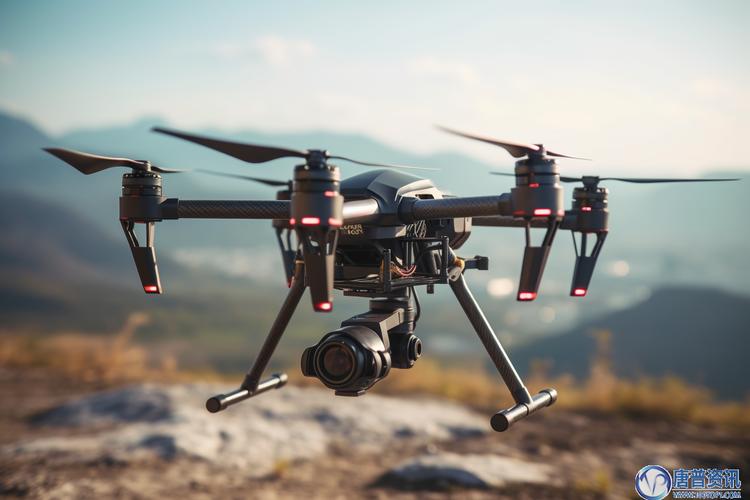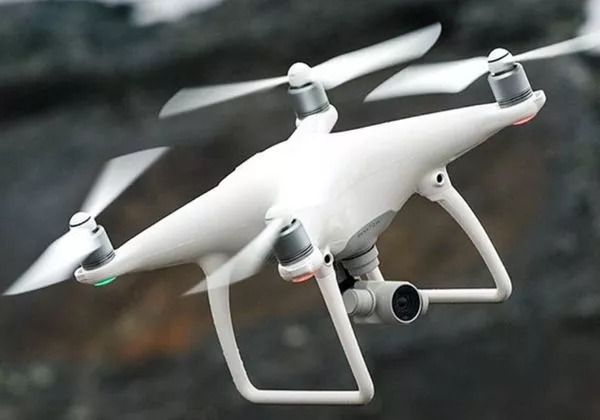In today’s ever-evolving technological landscape, the convergence of nature and robotics has given birth to an exciting innovation: bird drones. This fascinating merging of biology and technology promises to revolutionize various industries, from surveillance to environmental monitoring. As we delve deeper into this seamless integration, it becomes clear that bird drones could well be the future of aviation technology.
Birds have inspired human flight for centuries, but the advent of bird drones presents a more direct imitation of nature. These drones emulate the flight patterns, agility, and even appearance of real birds. This not only makes them a marvel to observe but also equips them with the potential to navigate complex environments that traditional drones may struggle with.
The Mechanics Behind Bird Drones
At the core of bird drone technology is biomimicry, which involves replicating the efficient flight mechanisms found in birds. These drones use flapping wings for propulsion and maneuverability, akin to their avian counterparts. Advanced materials and lightweight components are crucial in ensuring that these drones can mimic the buoyancy and agility of real birds, thereby reducing energy consumption and enhancing flight duration.
Drones typically rely on battery power, but the incorporation of solar panels can extend their operational life, making them highly efficient for long-term missions. The use of artificial intelligence further enhances their capabilities, allowing bird drones to adapt to changing environmental conditions and fly autonomously, dodging obstacles with ease.
Applications in Various Fields
The potential applications for bird drones are vast and varied. In the realm of surveillance , they offer a discreet way to monitor areas without drawing attention. Their bird-like appearance makes them less obtrusive and easily camouflaged within natural settings. This makes bird drones ideal for both urban and rural surveillance, from monitoring wildlife populations to tracking illegal activities.
, they offer a discreet way to monitor areas without drawing attention. Their bird-like appearance makes them less obtrusive and easily camouflaged within natural settings. This makes bird drones ideal for both urban and rural surveillance, from monitoring wildlife populations to tracking illegal activities.
The Future of Bird Drones
 As technology advances, the capabilities of bird drones are expected to expand. Innovations in sensor technology and AI will enhance their autonomy and decision-making abilities. Researchers are also exploring the possibility of using these drones in disaster response scenarios, where they could be deployed to assess damage and locate survivors in areas inaccessible to humans or traditional machinery.
As technology advances, the capabilities of bird drones are expected to expand. Innovations in sensor technology and AI will enhance their autonomy and decision-making abilities. Researchers are also exploring the possibility of using these drones in disaster response scenarios, where they could be deployed to assess damage and locate survivors in areas inaccessible to humans or traditional machinery.
Additionally, the social acceptance of drones, in general, might be augmented by bird drones due to their non-invasive nature and eco-friendly appearance. Their potential to reduce the carbon footprint of aviation could also lead to their adoption in commercial applications, such as delivering packages in areas without proper infrastructure.
As exciting as these developments are, the evolution of bird drone technology will undoubtedly raise ethical and privacy concerns. It is essential for policymakers and technologists to collaborate in creating guidelines that ensure these drones are used responsibly and ethically.
To further expand on this topic, consider the following FAQs:
- What are the main advantages of bird drones over traditional drones?
- Bird drones excel in environments where stealth and mimicry of natural flight are essential. They can navigate complex landscapes more efficiently than traditional drones, which might be more detectable and intrusive.
- Are there any limitations to bird drones?
- Currently, the main limitations include payload capacity and flight duration. However, advancements in lightweight materials and battery technology continue to address these challenges.
- Where can bird drones be used beyond surveillance and environmental monitoring?
- Potential areas include disaster relief, infrastructure inspection, and delivery services, especially in hard-to-reach areas.
As researchers continue to push the boundaries of technology, bird drones stand at the forefront, exemplifying the incredible potential of bio-inspired innovation.